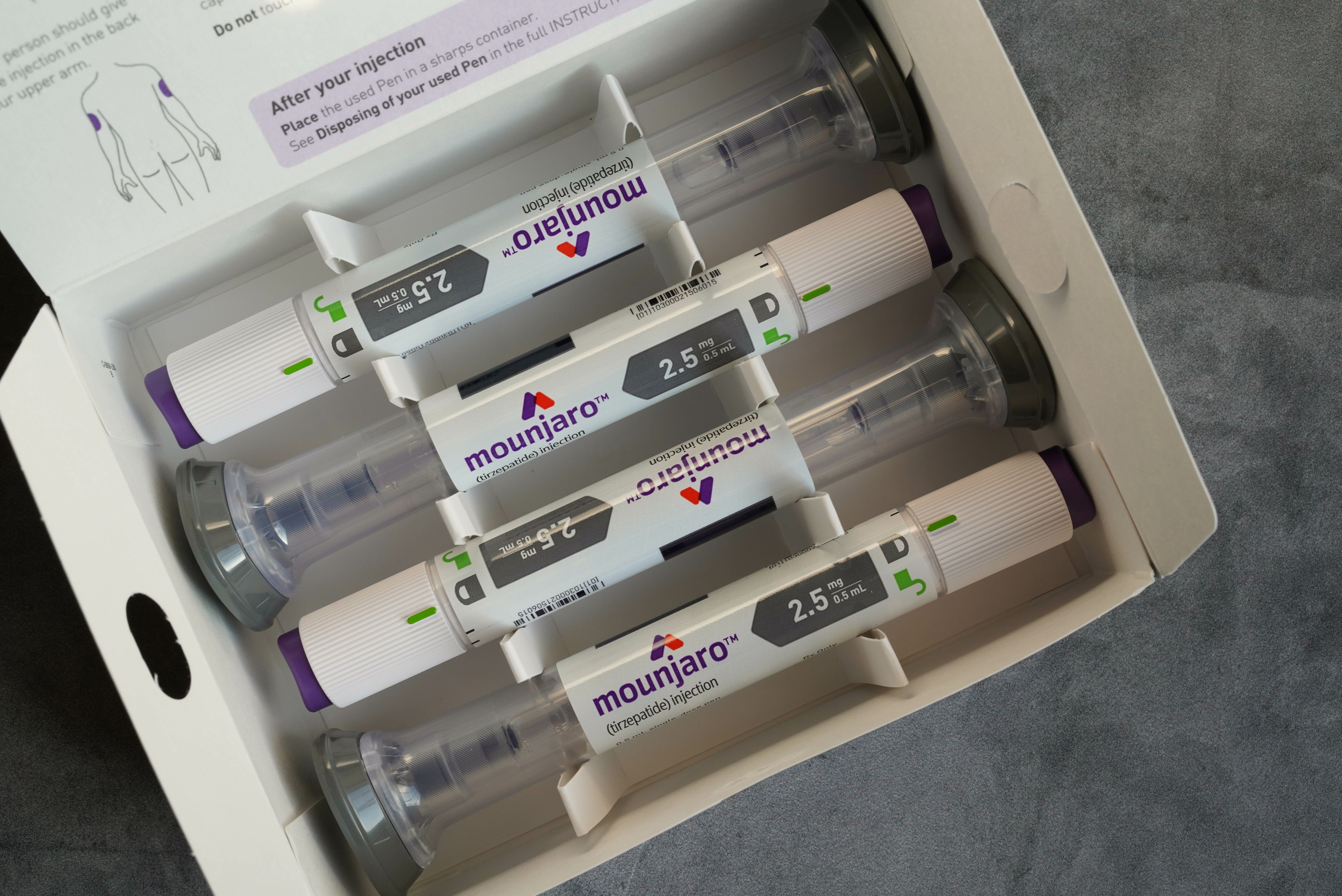News
Article
Most Insured Adults Still Have to Pay at Least Part of the Cost of GLP-1 Drugs
Author(s):
Other findings from the latest Kaiser Family Foundation Health Tracking Poll shed light on public awareness, use, and opinions on Medicare coverage of glucagon-like peptide-1 (GLP-1) drugs.
Despite having health insurance, more than half of surveyed adults who have taken glucagon-like peptide-1 (GLP-1) agonist drugs said it was still difficult to afford them. Additionally, most adults said they used GLP-1 drugs to treat a chronic condition such as diabetes or heart disease, but there is a growing number of adults using GLP-1s primarily as a weight loss tool.
These findings are some of many published in the May 2024 Kaiser Family Foundation (KFF) Health Tracking Poll, which focused on how the American public uses and views GLP-1 drugs.1 The poll included a nationally representative sample of 1479 American adults, with responses weighted to match the demographics of the national adult population.
According to the poll, 12% of adults have taken a GLP-1 agonist, with 6% actively taking the drug. The percentage of adults who have ever taken a GLP-1 agonist jumped dramatically when focusing on certain conditions, with 43% of people with diabetes, 25% of people with heart disease, and 22% of people with overweight or obesity taking the medication at least once in the past 5 years.
Supply of tirzepatide | Image credit: MKPhoto – stock.adobe.com

Public awareness of GLP-1 drugs has notably surged over the past year, with about a third of adults indicating they had heard "a lot" about these medications. This marks a significant increase from previous surveys, with less than 20% of surveyed adults having heard of GLP-1s as of last July. Interestingly, the percentage of adults who had heard about the drug increased with household income, with 76% of those making $90,000 or more hearing some or a lot about it, compared with 44% of adults making less than $40,000.
However, affordability remains a significant barrier regardless of income, with 54% of users expressing difficulty covering the costs—including 54% who struggled to cover the cost even with insurance coverage—and 22% saying it was “very difficult.” Of those with insurance, more than half still had to cover part of the cost of the drug, with insurance fully covering the drug for less than a quarter of adults. Meanwhile, 19% of insured adults still had to fully pay for the drug themselves. In the US, the list price for GLP-1 drugs can range between $936 and $1349 before insurance, rebates, or other discounts.
Of particular interest is how differently people use GLP-1s. Overall, 39% of adults used the drug strictly to treat a chronic condition, including diabetes or heart disease, while 38% used it strictly to lose weight, and 23% used it for both purposes.
While 8% of individuals aged 65 and older reported using these medications for chronic conditions, only 1% indicated using them for weight loss. This discrepancy may stem from Medicare's exclusion of coverage for prescription weight loss drugs. Despite this limitation, the majority of adults advocated for Medicare to cover these drugs for weight loss purposes, including 71% who have used and 60% who have not used a GLP-1. Bipartisan support for this persisted even after hearing arguments both for and against Medicare's involvement in covering these medications. Some argued that Medicare covering these drugs could hike up premiums for Medicare recipients and strain both the Medicare program and federal budget. On the other hand, proponents suggested Medicare coverage of these drugs could enhance accessibility, improving health and quality of life for individuals with overweight.
Meanwhile, younger adults are more likely to use GLP-1s strictly for weight loss, as reported by 7% of adults aged 18-29, 6% of adults 30-49, and 5% of adults aged 50-64. Those in the 50-64 age group were most likely to use it to treat a chronic condition (9%) or both a chronic condition and weight loss (5%) compared with other age groups.
KFF published these results just weeks after another report saying 1 in 4 Medicare beneficiaries with overweight or obesity could be eligible for coverage of semaglutide—a popular GLP-1 drug—under the brand name Wegovy, but only to reduce the risk of heart attack and stroke, not solely for weight loss.2 While Medicare is prohibited from covering Wegovy and other medications to specifically treat obesity, Medicare does cover Ozempic to treat diabetes. With 13.7 million individuals on Medicare with overweight or obesity as of 2020, an update to Medicare coverage of semaglutide could help millions of patients get the treatment they need to prevent the risk of heart disease.
Some Part D plans have announced their intention to include Wegovy in their coverage this year, but the extent of coverage across plans in 2024 remains uncertain. Although Medicare drug plans have the flexibility to incorporate new medications into their formularies throughout the year, they are not obligated to include every newly approved drug, potentially leading to variations in coverage. Due to Wegovy's considerable price and the sizable patient population it may serve, the KFF report noted many Part D plans might hesitate to expand coverage immediately, as they cannot adjust premiums mid-year to accommodate the potential increase in costs associated with this drug's usage. Therefore, broader coverage might be more probable in 2025.
References
- Montero A, Sparks G, Presiado M, Hamel L. KFF health tracking poll May 2024: the public’s use and views of GLP-1 drugs. KFF. May 10, 2024. Accessed May 15, 2024. https://www.kff.org/report-section/kff-health-tracking-poll-may-2024-the-publics-use-and-views-of-glp-1-drugs-findings/
- Cubanski J, Neuman T, Sroczynski N, Damico A. A new use for Wegovy opens the door to Medicare coverage for millions of people with obesity. April 24, 2024. Accessed May 16, 2024. https://www.kff.org/medicare/issue-brief/a-new-use-for-wegovy-opens-the-door-to-medicare-coverage-for-millions-of-people-with-obesity/





